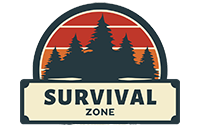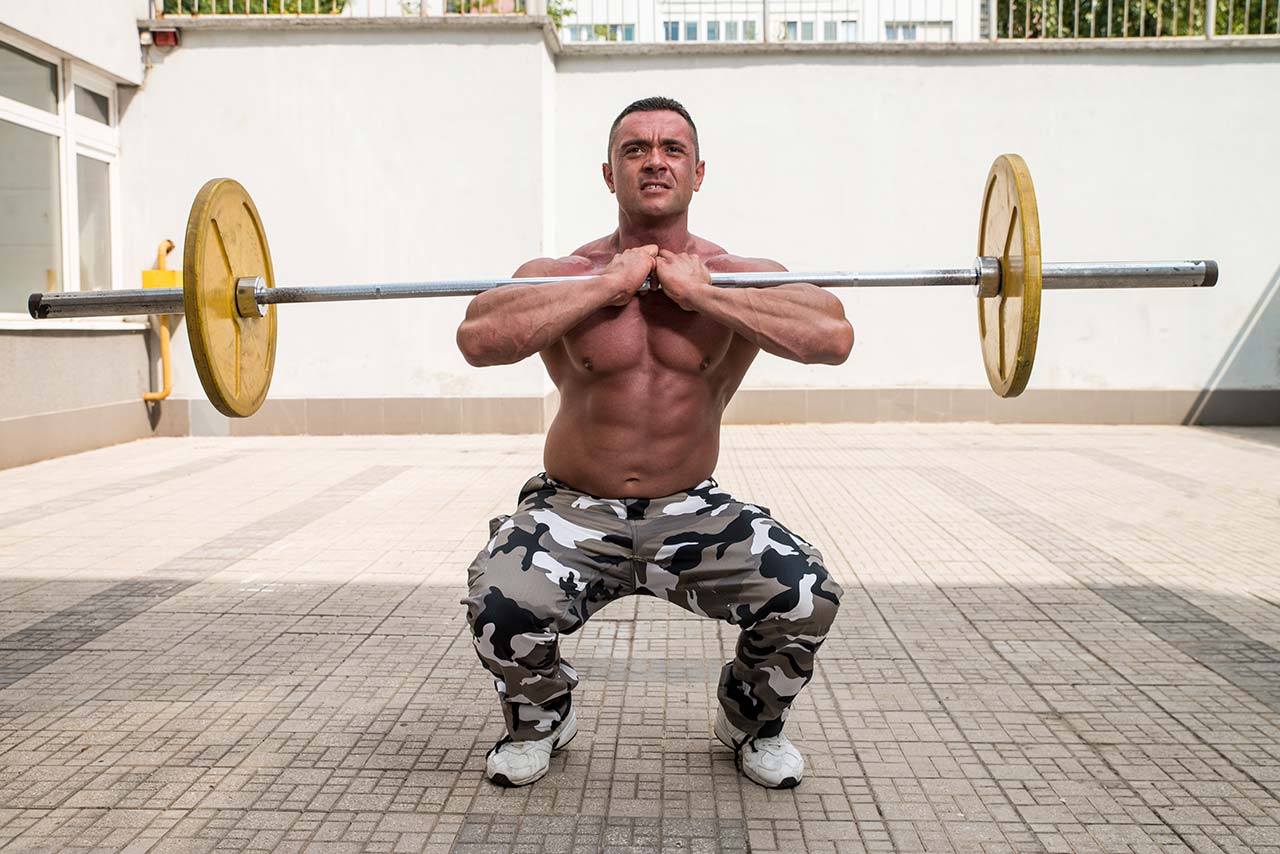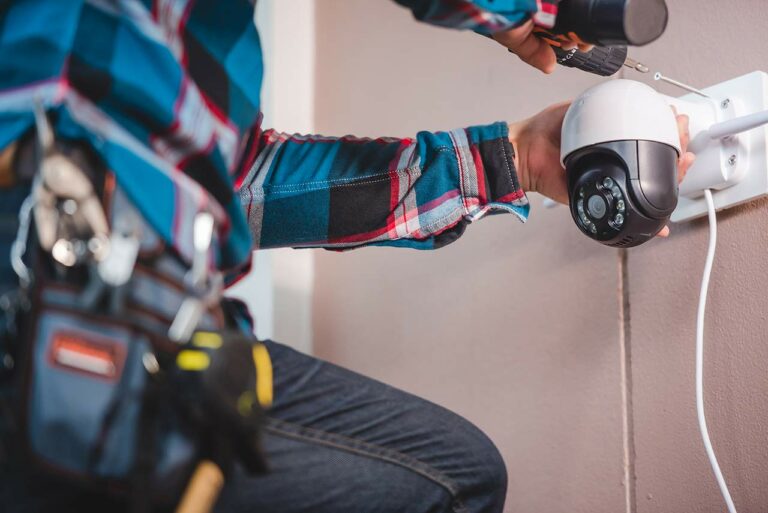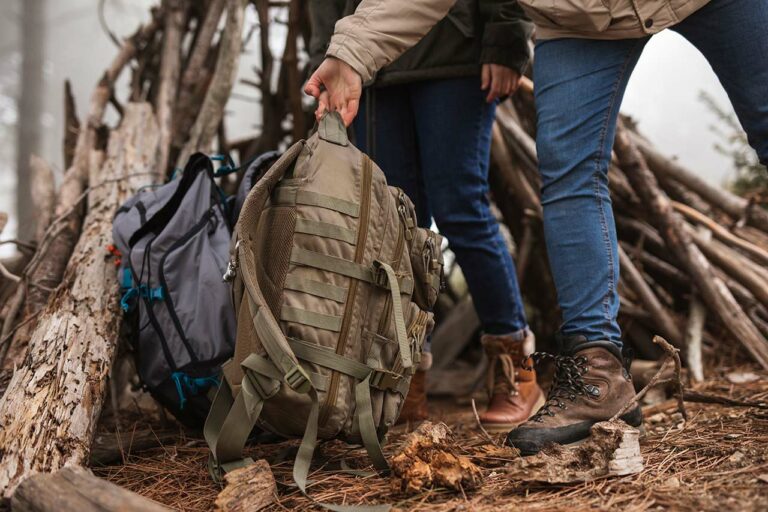Prepper Fitness: Essential Exercises For Emergency Preparedness
Prepper fitness is an essential aspect of preparing for any survival situation, whether it’s a natural disaster, man-made crisis, or personal emergency. Staying physically fit not only increases your chances of surviving in a post-SHTF world, but also improves your overall health and well-being.
To keep in ready-for-anything shape, it’s important to incorporate different types of workouts, including strength training, cardio exercises, and flexibility routines, to build a well-rounded level of fitness.
By committing to a regular workout schedule, you can gradually build up your stamina, strength, and resilience, making you more capable of overcoming challenges in a survival situation. By taking your exercise outdoors and engaging in activities like hiking and jogging, you can help acclimate your body to various environments and conditions.
When working on your prepper health, don’t forget that mental fitness is just as important as physical fitness. Combining mental exercises and stress-relief techniques with physical conditioning creates a comprehensive prepper fitness routine that will prepare you for whatever life throws your way.
Importance of Fitness in Survival Scenarios
Being physically fit is crucial when it comes to handling survival situations. There are several reasons your fitness level plays a big role in your ability to face emergencies and disasters. Here are some key reasons why prepper fitness is essential.
Physical Strength and Endurance
Your physical strength and endurance can be a huge asset during emergencies. Regular exercise strengthens your immune system, improves your body’s resilience, and accelerates recovery. These are important aspects to consider, as you’ll be forced to work harder than you’ve ever worked before in survival scenarios.
Psychological Edge
Aside from the direct benefits of exercise, being physically fit provides an immeasurable psychological edge. It’s no secret that regular exercise promotes mental well-being, allowing you to stay focused and maintain a positive attitude when everything around you is falling apart. This mental strength is equally as important as physical capabilities during times of crisis.
Key Training
Cardiovascular fitness, strength training, flexibility, mobility, and functional fitness training are key aspects in a well-rounded fitness routine for preppers. Developing these areas of fitness will allow you to tackle the physical challenges that may arise during emergencies, maximizing your chances of survival.
The foundation of prepper fitness isn’t about having bulging muscles or being a marathon runner; it all boils down to having a baseline level of physical health and strength. This enables you to perform essential tasks and endure hardships when the need arises.
Fundamentals of Fitness
Physical Strength
Building physical strength is crucial for any prepper. When you’re dealing with survival situations, increased strength makes it easier to carry supplies, move through obstacles, and perform vital tasks. Focus on core and functional exercises, like:
- Squats
- Deadlifts
- Pushups
and other body weight-bearing exercises to build a strong foundation and improve your overall physical fitness.
Endurance
Endurance is the ability to maintain consistent effort over an extended period. In a survival scenario, you might have to walk or run long distances, and having a good level of endurance will make it easier to cover ground and maintain energy levels.
Incorporate cardiovascular exercises, such as:
- Running
- Walking
- Biking
- Stairclimbing
into your fitness routine to increase your stamina and overall endurance.
Flexibility
Flexibility is essential for remaining agile and preventing injuries during movement. Being flexible can help you achieve a greater range of motion, reducing the likelihood of strain or injury during activities like climbing, crawling, or kneeling. Incorporate stretching exercises like:
- Yoga
- Pilates
into your routine to improve your mobility and agility.
Balance
Maintaining balance helps you navigate uneven terrain and maintain stability during physically demanding tasks. Working on your balance can also improve your ability to react quickly in challenging situations. Incorporate balance-focused exercises, such as:
- Single-leg stands
- Heel-to-toe walking
- Core workouts
- Yoga
to enhance your stability and overall fitness.
Coordination
Coordination is the ability to use different parts of your body together effectively, which is necessary for tasks like setting up tents, cooking, and wielding tools. Improving your hand-eye coordination can come in handy for surviving in the wild. You can work on your coordination skills through activities like:
- Throwing and catching
- Team sports
- Juggling
Remember, every aspect of your fitness is essential for being prepared to face the unexpected challenges of survival situations.
Training Techniques
Maintaining optimal prepper fitness means employing a variety of training techniques. To help improve your overall health and prepare you for whatever scenarios may come your way, this section outlines four essential subtopics: Strength Training, Cardio Workouts, Stretching Routines, and Agility Exercises.
Strength Training
Incorporating strength training into your routine is a must for preppers. It builds muscle and improves overall body function. Some basic exercises you can start with include:
- Squats: Targets leg and lower back muscles
- Pushups: Works on arm, shoulder, and core strength
- Deadlifts: Enhances leg, back, and core strength
- Pullups: Works on arm, shoulder, upper back, and core strength
You don’t necessarily need a gym membership to do strength training, as bodyweight exercises and home workout equipment can be just as effective.
Cardio Workouts
Cardio is crucial for endurance and overall heart health. It helps you stay on the move, evade danger, and feel less fatigued during physically demanding activities. Here are a few suggestions for cardio workouts:
- Running: A great way to build stamina and cardiovascular endurance, and one of the most likely skills you’ll need in a survival situation.
- Walking: Start with a 30-minute walk, 5 days a week, and gradually build up your speed and distance.
- High-Intensity Interval Training (HIIT): Short bursts of intense exercise followed by brief recovery periods, such as sprinting and then jogging, ideal for optimizing cardio fitness in a short amount of time.
Stretching Routines
Developing flexibility and preventing injury are both vital aspects of prepper fitness. A consistent stretching routine can help you achieve both these things. Here are a few stretches to incorporate into your regimen:
- Hamstring stretch: Sit on the ground with one leg extended, and gently reach for your toes. Don’t push it, or you can cause injury. Simply stretch as far as you can. You will loosen up over time.
- Hip flexor stretch: Kneel on one knee, and gently push your hips forward for a stretch.
- Calf stretch: Stand with feet hip-width apart, and lunge forward with one foot, keeping your rear foot flat on the ground.
Remember to hold each stretch for 15-30 seconds and never bounce or force a stretch beyond your comfort level.
Agility Exercises
Being able to move quickly and with ease is another crucial aspect of prepper fitness. Agility exercises improve your coordination, balance, and reflexes. Here are a few options to add to your workout routine:
- Lateral hops: Stand on one foot and hop sideways, landing on the other foot. Repeat in the opposite direction.
- Box jumps: Jump onto a raised surface, such as a box or step, and back down to the ground, focusing on explosive power and safe landings.
- Slalom runs: Set up a series of cones or obstacles and practice weaving through them at high speed.
Integrating these training techniques into your fitness routine will help ensure you’re physically prepared for any survival situation that comes your way. Remember, consistency is key – make time for regular workouts, and you’ll see progress soon enough.
Preparation for Specific Scenarios
When it comes to prepper fitness, preparing for specific scenarios is crucial. So, let’s go over a few of the most common situations you might encounter and how you can stay physically fit and prepared for each one.
Bugging Out
If you need to bug out, being physically fit is essential. Your strength, endurance, and agility will all determine how quickly and effectively you can move to a safer location. To improve your bugging out preparedness, consider:
- Engaging in regular cardio exercise, like running or hiking. This will help build endurance and leg strength.
- Incorporating strength training, focusing on your core and upper body, to improve your ability to carry a bug-out bag and handle obstacles.
- Practicing some form of flexibility training, such as yoga or stretching, to ensure your body can withstand the varied demands of bugging out.
Surviving in the Wilderness
When you’re faced with a wilderness survival situation, staying physically fit can mean the difference between life and death. Here are some tips on staying fit for wilderness survival:
- Focus on functional fitness and training by performing activities like carrying heavy loads, chopping wood, and swimming.
- Improve your cardiovascular fitness by running, hiking, or participating in activities like canoeing, which blend both endurance and strength.
- Develop mental resilience through meditation and stress management to handle the challenges and adversity you might face in the wilderness.
Emergency Preparedness
In an emergency situation, being physically fit can help you stay calm, react quickly, and perform necessary tasks effectively. To stay prepared for emergencies:
- Train for cardiovascular endurance through activities like jogging, swimming, or biking.
- Maintain your strength through regular weightlifting and bodyweight exercises, which can help with tasks like lifting heavy objects or evacuating people.
- Improve your flexibility and balance to easily navigate through hazardous or debris-filled environments.
Handling Injuries
Physical fitness can also play a crucial role in your ability to handle injuries and recover from them. Some ways to ensure you’re ready to manage injuries and emergencies include:
- Participating in regular strength training, focusing on overall body strength, which can lessen the impact of an injury.
- Engaging in balance and stability exercises to reduce the risk of falls or missteps.
- Learning basic first aid principles and practicing them regularly to confidently treat minor injuries and provide emergency care when needed.
Embracing Prepper Fitness
Prepper fitness extends beyond merely staying in shape. It’s about holistic health, melding physical strength, agility, and endurance with mental resilience and preparedness. As you tailor your workout routine, always remember the end goal: ensuring that you’re at your best, ready to face any challenge or emergency with confidence and capability when it matters most.






